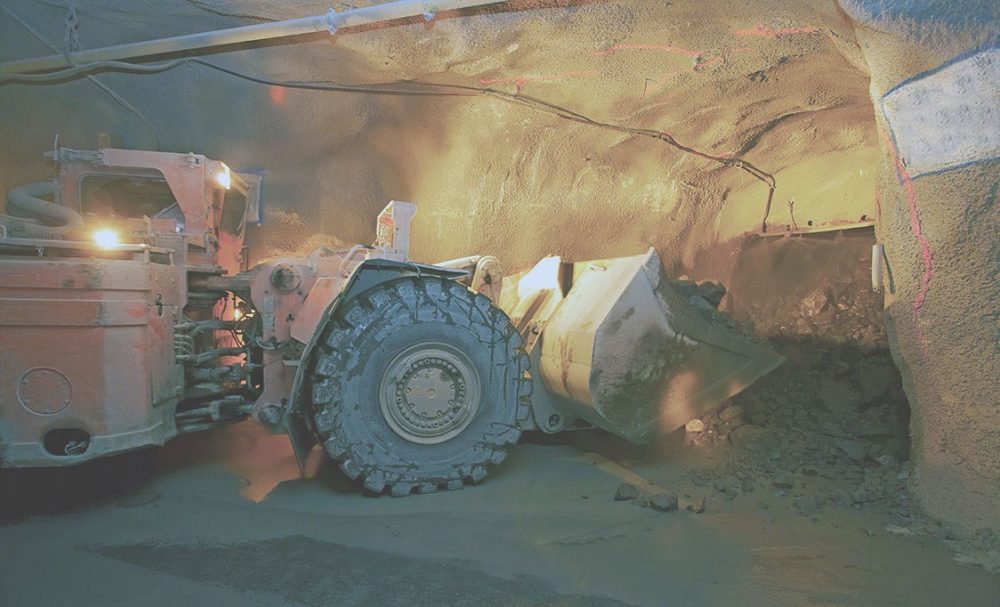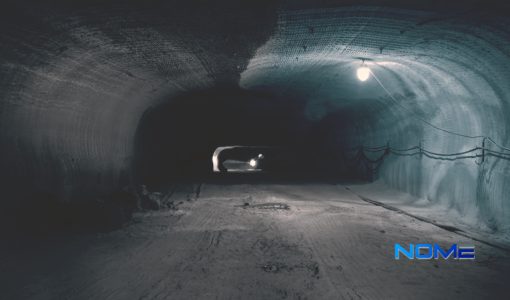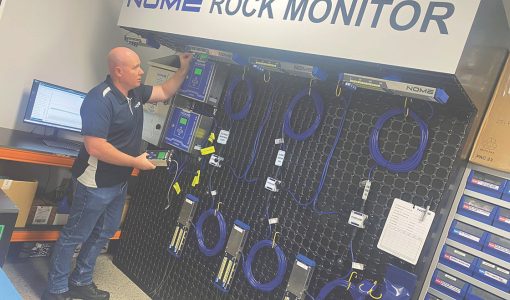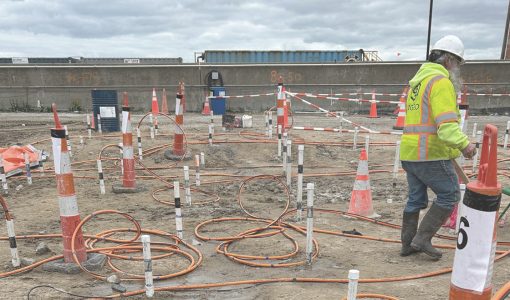Planning for underground connectivity is never a simple task.
The modern make-up of a mine and its reliance on transferring large amounts of data to multiple points means that a robust and reliable network has become an integral part of any operation.
But while reliable mine-wide connectivity has become more difficult, perhaps the most difficult to plan for is what can be called “the last mile” – the active mining area or headings, where miners rely on real-time data and connectivity to make use of digital technology and equipment.
As the “working” section of any underground operation, this final stretch of connectivity creates challenges because it is not only the area where solid connections are essential, but also where these connections face the most risk of damage.
As fiber has become more widespread within the underground mining industry, many operations will look to extend this last mile using fiber optic cabling – most likely because they have used it elsewhere throughout the mine.
However, using fiber within this last mile can lead to complications.
Firstly, there is the cost of rolling out fiber optic cabling – it is expensive.
Fiber optic cable is also brittle and prone to damage – which is not ideal in an area with lots of workers and heavy machinery moving around. Plus, installation and repairs of fiber requires a trained specialist every time adjustments or repairs are needed. This can be an expensive proposition and can cause delays in service.
Fiber is also highly inflexible when it comes to cable lengths and, given that underground mining can be unpredictable, planning the length of cable needed can cause serious challenges.
In order to allow for connectivity and expansion throughout the mine, a large number of connection boxes have to be installed at relatively short distances. This adds to the cost and complexity of the network.
All of this does not include powering the fiber optic active devices.
These devices, like routers and switches, require an external power source in order to work, as do all endpoint devices added to the network. This only adds to the number of new connections being created, which increases the potential for damage, delays and rising costs.
Finding an alternative
As a general solution, fiber can transfer large amounts of data over a network quickly.
However, within an underground mining operation many of these benefits are negated by the fact that cables will likely be spliced and sent in different directions.
This by default, gives rise to additional infrastructure, maintenance and repair costs.
The question is then, is there an alternative to just using fiber optic cabling? And luckily the answer is yes.
Ethernet Connectivity using a DC powered coaxial cable, rather than fiber, can be just the kind of flexible, robust and reliable solution to remedy the challenges of last mile planning.
These solutions, like those found in StrataConnect DigitalBRIDGE™ can provide operations with an easy to install Power-over-Ethernet (PoE) network which can help them overcome the challenges of underground connectivity.
These PoE and PoE + connections eliminate the need for additional power cables because power and data are contained within the same cable.
The coaxial cables are also more robust than fiber. They are less likely to break under harsh mining conditions and don’t require a certified specialist to connect and maintain the network.
DigitalBRIDGE™ can be linked to an existing fiber network to extend digital coverage or split it into multiple directions. Coax is more flexible when it comes to length and can be easily adapted to meet the demands and challenges of last mile connectivity.
Planning the last mile of connection and data transfer within underground mining can be a challenge, but by using solutions like DigitalBRIDGE™, it doesn’t have to be.
For more information on DigitalBRIDGE™ click here >>



